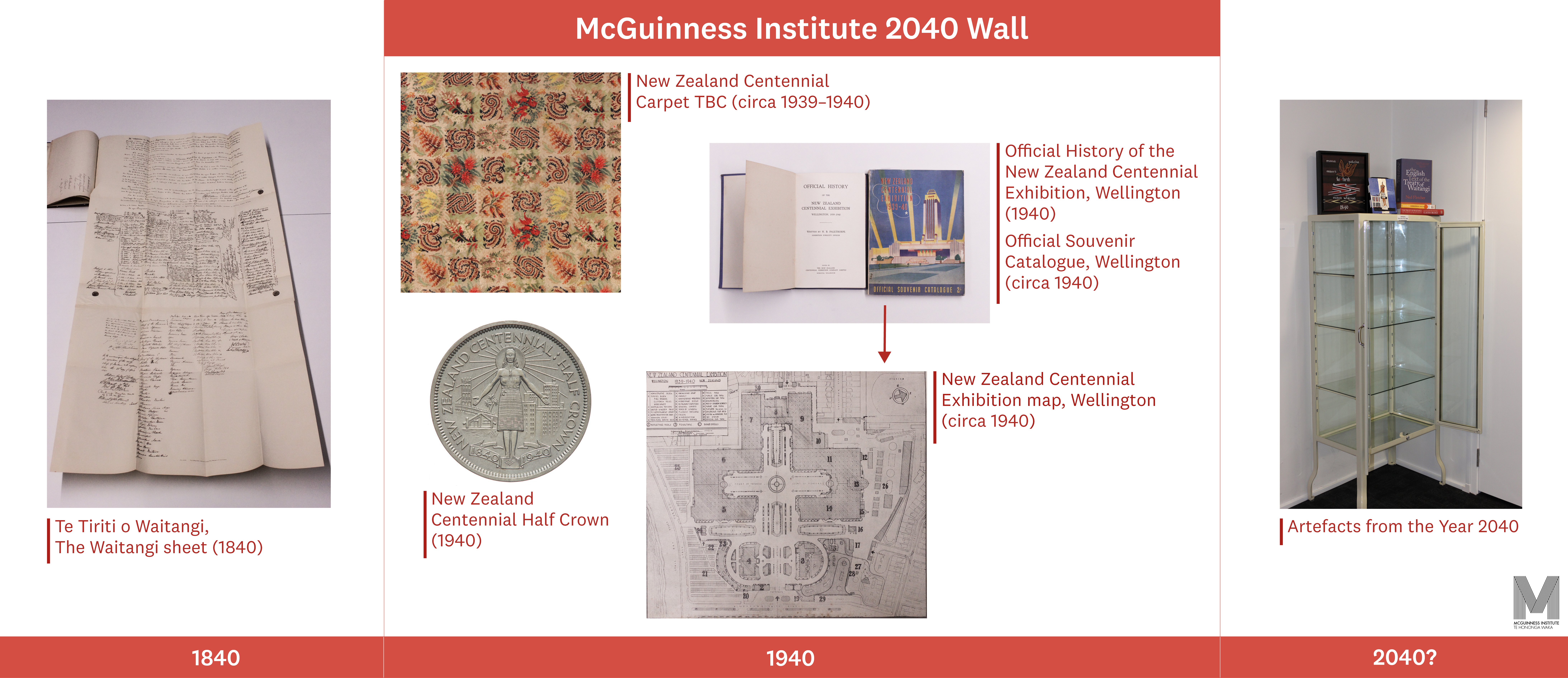
Kia whakatōmuri te haere whakamua
I walk backwards into the future with my eyes fixed on my past[1]
As Waitangi Day nears, we at the Institute have been thinking about Te Tiriti o Waitangi/Treaty of Waitangi and its impacts across Aotearoa New Zealand’s past, present and future. At our office in Wellington, we are looking ahead and hoping to create a display collection of artefacts for the 200-year anniversary of the signing of Te Tiriti. We’re tentatively calling this our ‘2040 Wall’. To start with, we’ve been collecting artefacts from the 1940 centennial celebrations and exhibitions. The digital wall will come together over time. As you will see it is sectioned off into three: 1840, 1940 and 2040. We have a physical wall as well; it forms part of the McGuinness Institute library and can be seen on Fridays when we welcome (by appointment) visitors to the library. As the idea develops, we will welcome artefacts that others might like to have as part of the 2040 section of the wall.
Why artefacts?
Artefacts create short-cuts in our minds. When you handle, or even see an image of an artefact, it makes the world that the artefact is from – whether it’s separated from us by time and/or space – seem more tangible and real.
Creating and displaying artefacts are often used as tools to illustrate future worlds. They can take many forms such as food, household products, transport, music, an entertainment series or an official souvenir (e.g. a souvenir to the celebrations in 2040). These familiar objects help increase our capacity to imagine and ideally make decisions about the future. Learn more about the role of artefacts as a foresight tool at the Institute for the Future (IFTF).[2]
Futurists often use short-cuts to communicate, quickly and clearly, the characteristics of a possible future world without explaining the underlying evidence, assumptions, limitations, processes and expertise that went into creating that world. Scenario naming is probably the classic example. However, artefacts add another dimension to a scenario.
But we don’t just need imagined artefacts from the future. As a futurist told me at a World Futures Conference in 2008, looking back in time makes us automatically look forward using the same time horizon. Hence looking back 100 years to the year 1940, catapults us forward 100 years – in this case to the year 2040. So, for our ‘2040 Wall’, our starting point is 1940.
The idea is not new. The coat of arms of New Zealand Te Tohu Pakanga o Aotearoa (its original 1911 design and its 1956 update [3] [4]) could be considered an artefact, and even the specific symbols on the central shield could be considered artefacts. The Southern Cross constellation, a fleece, grain, three shipping galleys and two mining hammers, are human creations, and the government likely intended that the coat of arms would give the nation tangible symbolism to build an identity around as it moved into the future.
Learn more about the McGuinness Institute’s Foresight Tools.
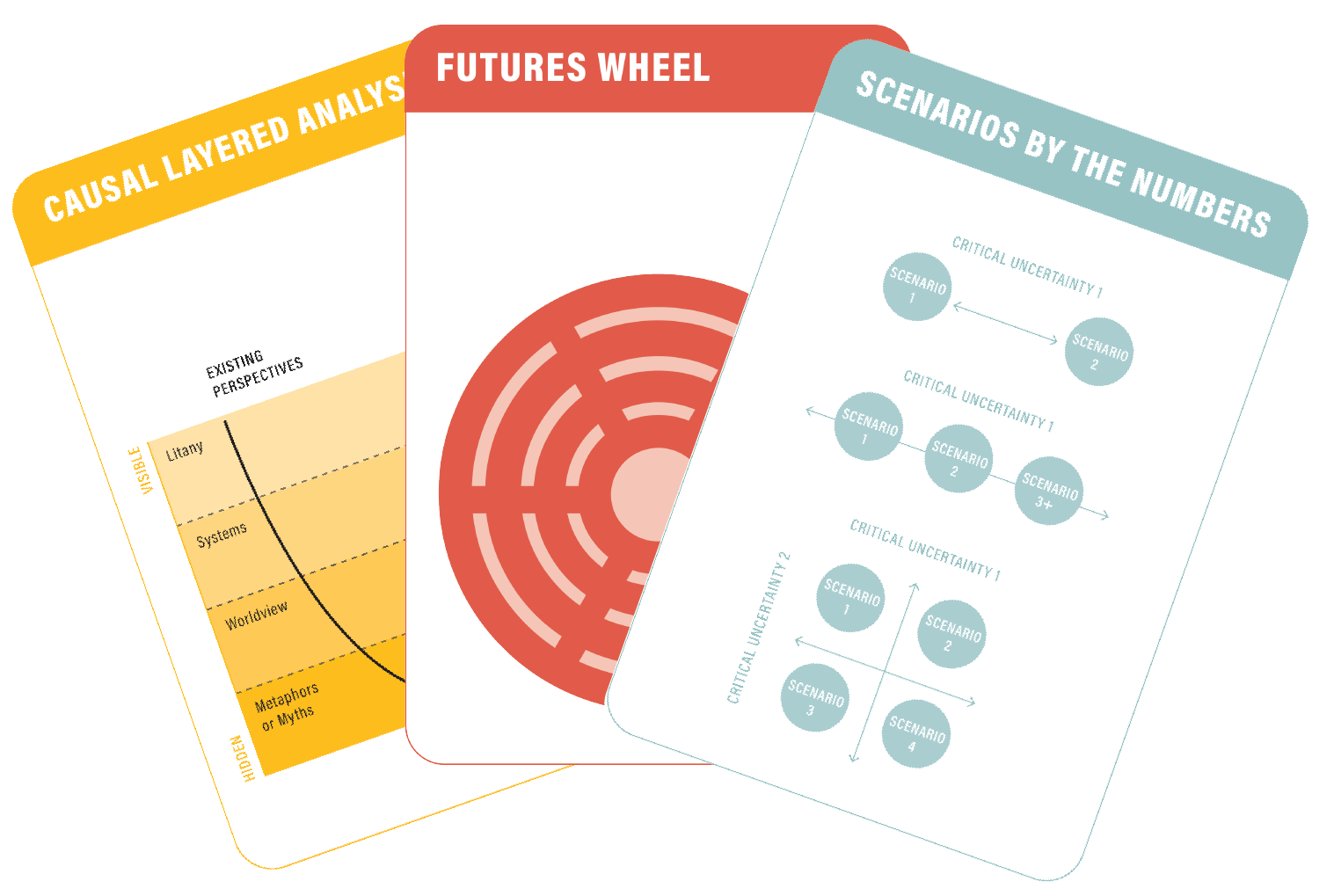
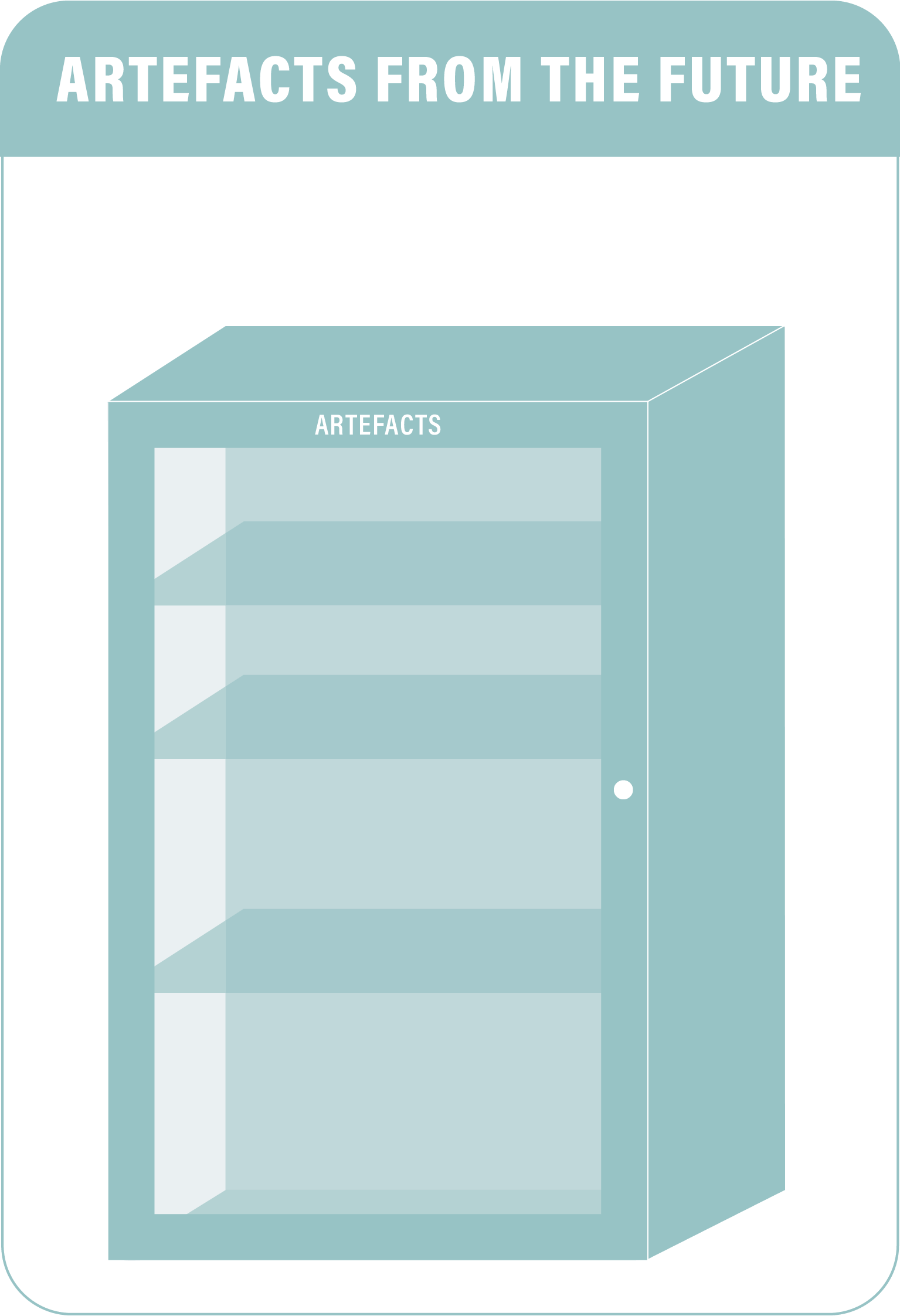
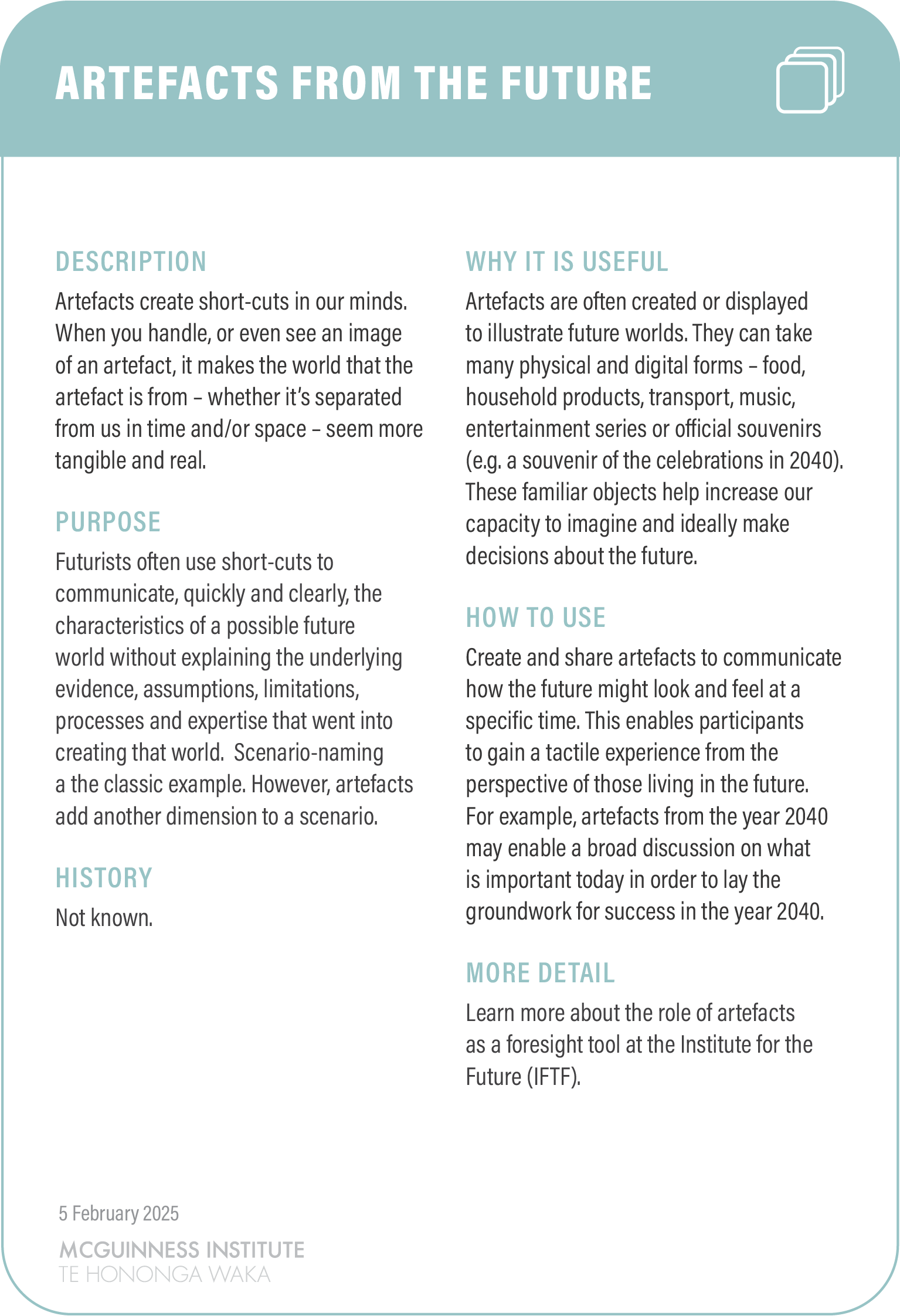
What’s on the 1940 section of the ‘2040 Wall’
So far, this includes what we believe is a square of New Zealand Centennial Carpet (1939-1940), alongside an image of a New Zealand Centennial Half-Crown (1840-1940). We also have the official souvenir booklet from 1940.
We believe history is more than just a record of the past, and our Nation Dates work, chronicling significant events that shaped Aotearoa, attests to this. The past provides essential context for the future, and this is especially important at a time when society is facing major questions about the way forward.
Waitangi Day is an opportunity to learn more about our past, opening conversations on where we want to go in the future. Our hope is that the ‘2040 Wall’ might prove popular and even be something that other organisations might imitate. We’d like the ‘2040 Wall’ to contribute to a wider and broader discussion about what success might look like in 2040. It is only 15 years away and we have a lot of work and thinking to do.
Our 2040 Wall Collection
![20250131 Centennial Carpet [1]](https://www.mcguinnessinstitute.org/wp-content/uploads/2025/02/20250131-Centennial-Carpet-1-scaled.jpg)
New Zealand Centennial Carpet (1939-1940), unknown.
This carpet is believed to have been designed for the New Zealand Centennial Exhibition in Wellington, 1939-1940. The New Zealand Centennial Exhibition took place over six months from Wednesday 8 November 1939 until 4 May 1940. It was a major event designed to celebrate one hundred years since the signing of the Treaty of Waitangi in 1840. Over 2.6 million visitors attended the exhibition and it covered 55 acres of land just to the west of Wellington airport. The artist and origins are unknown.
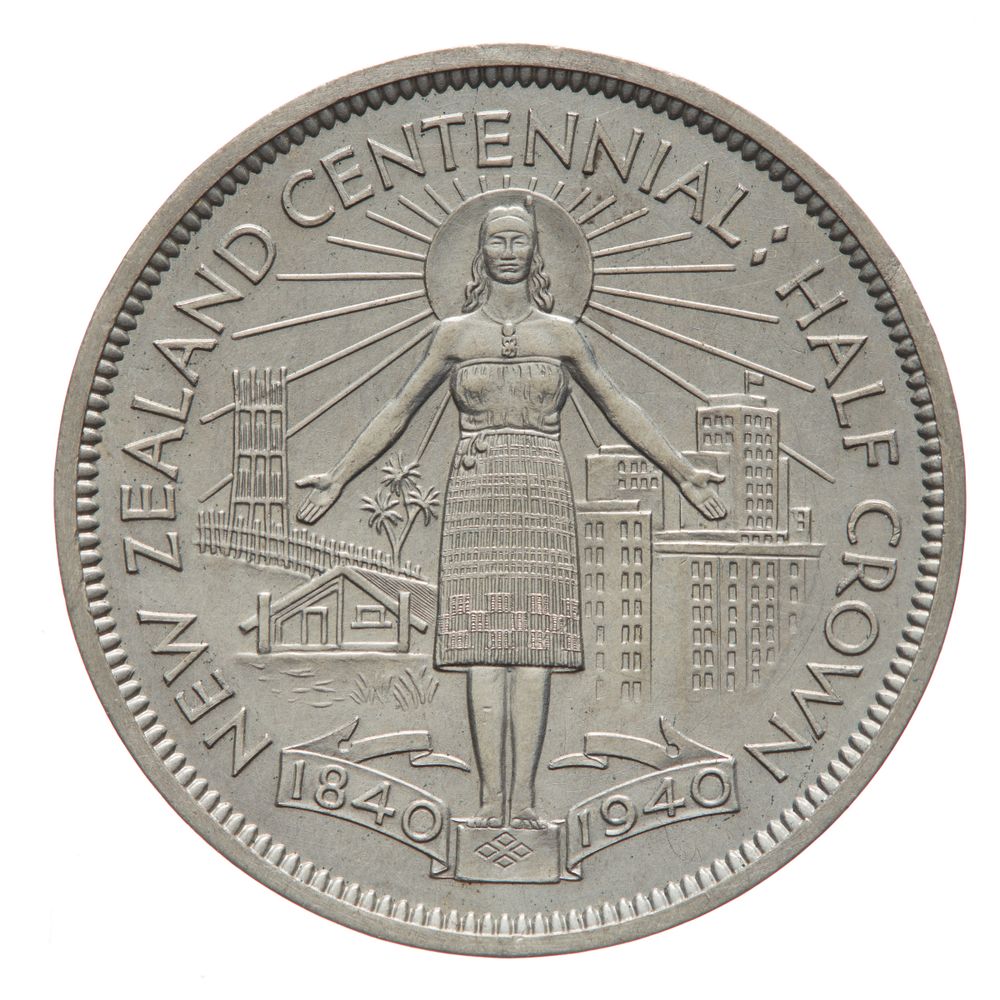
New Zealand Centennial Half-Crown (1840-1940), Thomas Paget OBE & Leonard Mitchell.
In 1938, the New Zealand Government sponsored a design competition for a commemorative half-crown coin to mark the hundredth anniversary of the signing of the Treaty of Waitangi. This coin was the winner of the competition. It was designed by Leonard Cornwall Mitchell (1901-1971), a commercial artist who also designed stamps for the New Zealand Post Office.
[1] Conor, T. (2022). Walking backwards into our future. [online] Ako Journal. Available at: https://akojournal.org.nz/2022/03/18/walking-backwards-into-our-future/ [Accessed 4 Feb. 2025].
[2] Institute for the Future (n.d.). IFTF: Artifacts from the Future. [online] Institute for the Future. Available at: https://legacy.iftf.org/what-we-do/artifacts-from-the-future/ [Accessed 3 Feb. 2025].
[3] Stephen, L. (2012). Coat of arms. [online] Te Ara – the Encyclopaedia of New Zealand. Available at: https://teara.govt.nz/en/coat-of-arms [Accessed 5 Feb. 2025].
[4] New Zealand History (2024). New Zealand Coat of Arms 1911-1956. [online] New Zealand History. Available at: https://nzhistory.govt.nz/media/photo/new-zealand-coat-arms-1911-1956 [Accessed 3 Feb. 2025].
